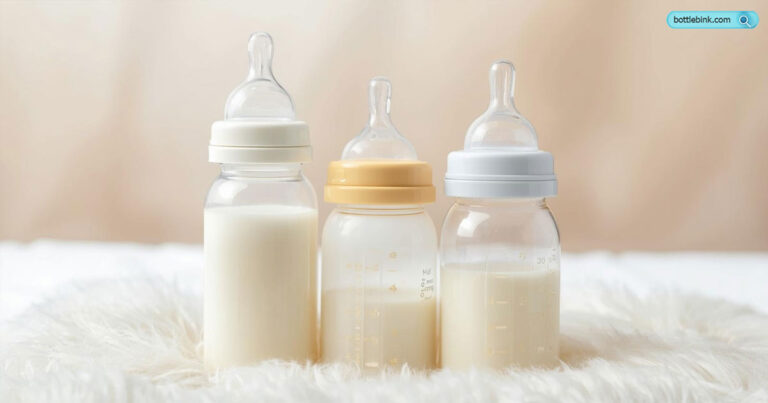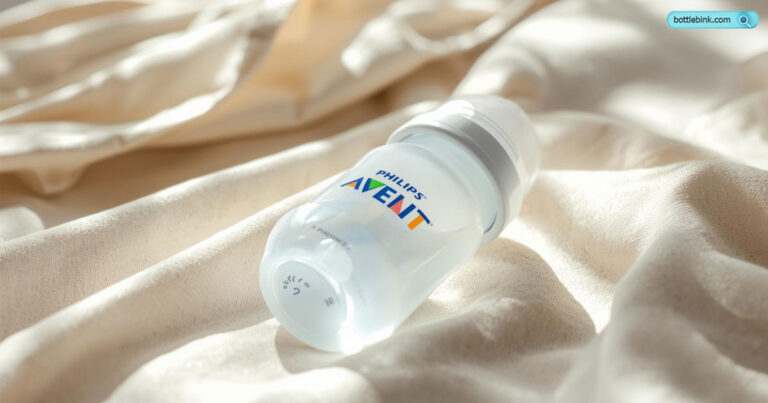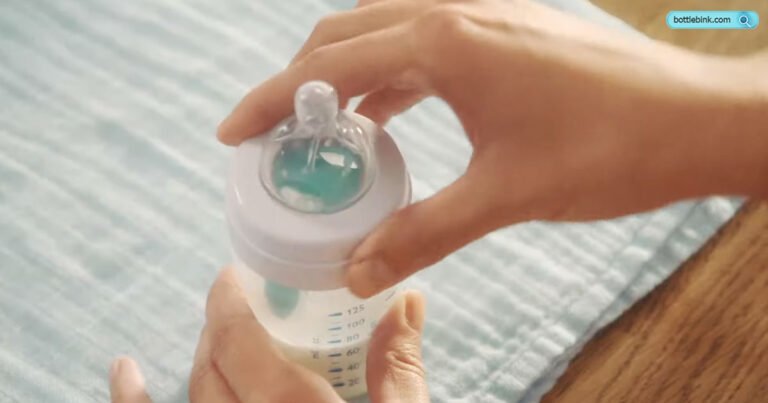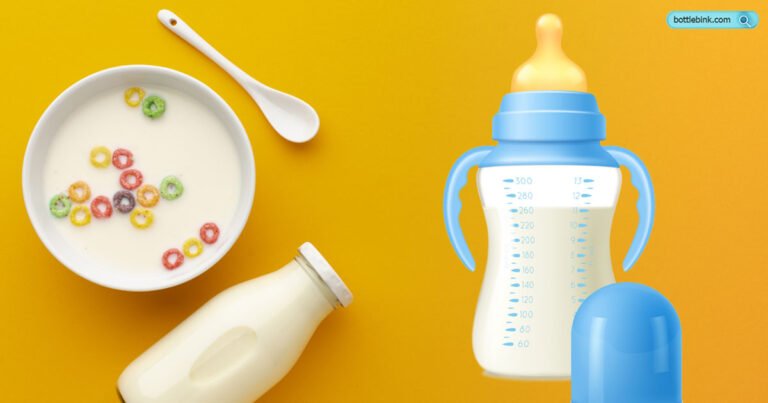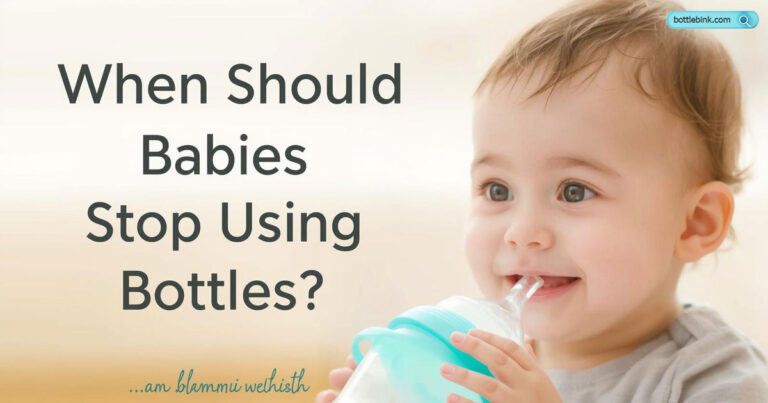Why Do People Put Lean in Baby Bottles: Understanding the Trend
People put Lean in baby bottles to easily measure and consume the mixture. It’s a convenient method for intake.
Lean, also known as Purple Drank or Sizzurp, is a concoction made with Codeine cough syrup and soda. This potent mixture can lead to addiction and abuse if consumed habitually. People often use baby bottles to portion out Lean due to their discreet nature, making it easier to carry and consume the substance discreetly.
Furthermore, for some people, the act of drinking from a baby bottle may hold nostalgic or cultural significance. However, it’s crucial to remember the serious health risks associated with Lean consumption, including addiction, overdose, and potential long-term effects on physical and mental health. It is important to seek help if struggling with substance abuse issues related to Lean consumption.
History Of Lean
Lean, also known as Purple Drank or Sizzurp, is a mixture of Codeine cough syrup and soda. Some people put Lean in baby bottles, although this practice is not recommended due to potential health risks. Lean addiction and abuse can occur rapidly, making it important to understand the history and dangers of this substance.
Lean, also known as Purple Drank, Dirty Sprite, Sizzurp, or Purple Drank, is a recreational drug that has gained popularity in recent years. It is a concoction made by mixing prescription-strength cough syrup containing codeine and promethazine with soda, often in a colorful beverage like grape or cherry soda. The codeine, a powerful opioid, provides a sedative and euphoric effect, while promethazine, an antihistamine, adds a calming and relaxing effect.
Origins Of Lean
The origins of Lean can be traced back to the southern United States in the 1960s. It is believed to have originated in Houston, Texas, within the hip-hop community, particularly among rappers like DJ Screw and his Screwed Up Click. These artists would mix cough syrup with soda and other ingredients, creating a potent and highly addictive beverage.
The appeal of Lean grew beyond the hip-hop industry and reached the broader public, particularly among young adults and adolescents. Its prominent presence in hip-hop culture has played a crucial role in its popularity and widespread use.
Popularity In Hip-hop Culture
Lean gained significant attention in hip-hop culture through the music and lyrics of various influential artists. Rappers often referenced Lean in their songs, glorifying its effects and portraying it as a symbol of status and wealth.
The representation of Lean in hip-hop music videos and performances further perpetuated the association between the drink and the hip-hop lifestyle. This exposure led to an increased curiosity and interest in Lean among fans, leading to its widespread popularity.

Credit: www.freepik.com
Psychoactive Effects
Putting lean in baby bottles can have various psychoactive effects on people who consume it. Lean, also known as Purple Drank, Dirty Sprite, Sizzurp, or Purple Lean is a recreational drug mixture that typically consists of prescription-strength cough syrup containing codeine and promethazine, along with soda and sometimes candy.
Impact On The Brain
The chemicals present in lean, particularly codeine and promethazine, have a profound impact on the brain. Codeine is an opioid that acts as a central nervous system depressant, providing a sedative effect and causing feelings of relaxation. Promethazine, on the other hand, is an antihistamine that intensifies the sedating effects of codeine.
When consumed, lean slows down the activity of the brain, leading to a state of drowsiness and euphoria. It also affects the brain’s reward system, triggering the release of dopamine, a neurotransmitter associated with pleasure and reward. This is what contributes to the addictive nature of lean, as people may seek to replicate the pleasurable sensations it produces.
Physical And Mental Effects
The consumption of lean can have various physical and mental effects on the individual. Some of these effects include:
- Drowsiness and sedation: Lean can induce a state of extreme drowsiness and sedation, making it dangerous to engage in activities that require alertness, such as driving or operating machinery.
- Slowed breathing: Lean can depress the respiratory system, leading to slowed breathing. This can be particularly dangerous if consumed in excessive amounts, as it may result in respiratory distress or even respiratory failure.
- Impaired coordination and motor skills: Lean can affect coordination and motor skills, leading to difficulties in movement and balance.
- Impaired judgment and decision-making: The psychoactive effects of lean can impair cognitive function, including judgment and decision-making abilities.
- Mood changes: Lean can induce mood changes, ranging from feelings of relaxation and euphoria to increased irritability or even depression.
It is important to note that the consumption of lean can have severe health consequences, especially when used inappropriately or in excessive amounts. The mixture of codeine and promethazine can be highly addictive and pose significant risks to both physical and mental well-being.
Social And Cultural Influences
Social and cultural influences play a role in why some people put lean in baby bottles. This practice can be influenced by factors such as peer pressure, cultural norms, and the desire to fit into a particular social group.
Influence Of Music And Media
The Influence of music and media in glamorizing drug use, including lean, can lead people to perceive it as a normalized or celebrated activity in certain communities. When popular artists promote drug use in their music and media presence, it can influence their fans, especially young audiences, to mimic their behavior, which includes incorporating lean into baby bottles.
Peer Pressure And Conformity
Peer pressure plays a significant role in the decision to put lean in baby bottles. people, especially teenagers and young adults, may feel pressured to conform to the norms of their social circles or peer groups. This can lead to a desire to imitate the behaviors and choices of others, even if it involves the inappropriate use of substances such as lean.

Credit: www.reddit.com
Risk And Dangers
Putting lean in baby bottles poses severe risks and dangers to infants. Lean, also known as Purple Drank, contains codeine cough syrup and soda and can lead to addiction and abuse. It’s essential to educate and discourage people from using baby bottles for such harmful substances to protect the well-being of children.
Health Risks
Putting lean in baby bottles poses significant health risks to infants and toddlers. The concoction, typically containing codeine, promethazine, and soda, can cause respiratory depression in young children, potentially leading to breathing difficulties and life-threatening complications. Additionally, the high sugar content in the mixture can contribute to obesity and dental problems in children at a crucial stage of their development.
Legal Consequences
The legal consequences of putting lean in baby bottles cannot be overlooked. In many jurisdictions, this act constitutes child endangerment and may result in severe legal repercussions for the responsible people. Those administering or allowing the consumption of lean by minors may face criminal charges and child custody intervention, as authorities prioritize the protection of vulnerable children from harmful substances.
Parental Awareness And Education
Parental awareness and education play a crucial role in understanding why some people put lean in baby bottles. It is vital for caregivers to recognize the risks associated with exposing infants to harmful substances like lean, prompting the need for increased vigilance and guidance in child-rearing practices.
Lack Of Knowledge
Many parents lack awareness about the dangers of putting lean in baby bottles.
Creating Awareness
It is crucial to educate parents about the risks associated with using baby bottles for lean.
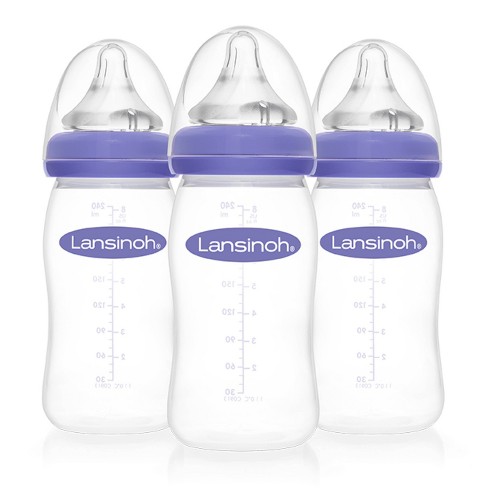
Credit: www.target.com
Preventative Measures
When it comes to addressing the issue of people putting Lean in baby bottles, it’s crucial to implement preventative measures. These measures can play a significant role in limiting access to Lean and ensuring the support and intervention required for those at risk.
Limiting Access
Limiting access to Lean is one of the foundational steps in preventative measures. It involves creating strict protocols for the storage and distribution of Lean, particularly in homes and healthcare settings. By implementing controlled access to Lean, the probability of people putting it in baby bottles diminishes significantly.
Support And Intervention
Support and intervention encompass providing assistance and guidance to people who may be at risk of using Lean inappropriately. This can involve education on the inherent dangers of Lean consumption and addressing the underlying issues driving this behavior. By offering proactive support and intervention, the likelihood of Lean being put in baby bottles can be effectively reduced.
Public Health Concerns
Public health concerns arise from the alarming trend of people putting lean, a mixture containing codeine cough syrup and soda, in baby bottles. This dangerous practice poses serious risks to infants and highlights the urgent need for education and intervention to prevent harm.
Impact On Communities
Need For Regulation
The practice of putting lean, a potentially harmful mixture of codeine and soda, in baby bottles raises serious public health concerns.
The impact on communities is significant as this trend can lead to…
- Potential health hazards for infants
- Misuse of medications
- Normalization of dangerous behaviors
Regulation is essential to prevent these risks by:
- Implementing strict guidelines on medication storage
- Educating caregivers on safe practices
- Enforcing laws to deter such behaviors
Conclusion And Call To Action
People put lean in baby bottles because they use them to measure the amount of lean they consume. Lean, also known as Purple Drank, is a mix of Codeine cough syrup and soda. It is a substance that can be abused and lead to addiction.
Promoting Safe Practices
The misuse of baby bottles for consuming lean is a concerning trend that compromises the safety and well-being of people, especially babies. It is crucial to promote safe practices and educate communities about the risks associated with this behavior. By raising awareness about the potential dangers, we can work towards preventing the misuse of baby bottles and protecting the health of those involved.
Empowering Communities
Communities play a vital role in addressing the issue of lean consumption in baby bottles. By empowering communities through education and support, we can create an environment where such harmful practices are not attractive or accepted. Encouraging open discussions, providing resources, and promoting healthier alternatives can contribute to the overall well-being of people and foster a sense of responsibility within the community.
Finally, the use of baby bottles for consuming lean is a dangerous practice that puts people at risk, especially infants. To ensure the safety of our communities and protect the well-being of our children, it is essential to promote safe practices and empower communities to address this issue. Together, we can raise awareness, educate others, and work towards preventing the misuse of baby bottles for consuming lean. Let’s take action today to create a safer and healthier environment for everyone.
Frequently Asked Questions Of Why Do People Put Lean In Baby Bottles
Why Do People Put Lean In Baby Bottles?
People put lean in baby bottles as it disguises the substance and makes it easier to consume.
Is It Safe To Put Lean In Baby Bottles?
No, it is not safe to put lean in baby bottles; it can pose serious health risks.
What Are The Dangers Of Putting Lean In Baby Bottles?
The dangers include health complications, addiction, and legal consequences.
Can Parents Prevent Lean Being Put In Baby Bottles?
Parents can prevent it by educating their children about the dangers and keeping lean out of reach.
Conclusion
The use of Lean in baby bottles raises concerns about safety and proper parenting practices. Understanding the risks associated with Lean consumption is crucial for the well-being of infants. It is essential to prioritize the health and safety of children above all else.

